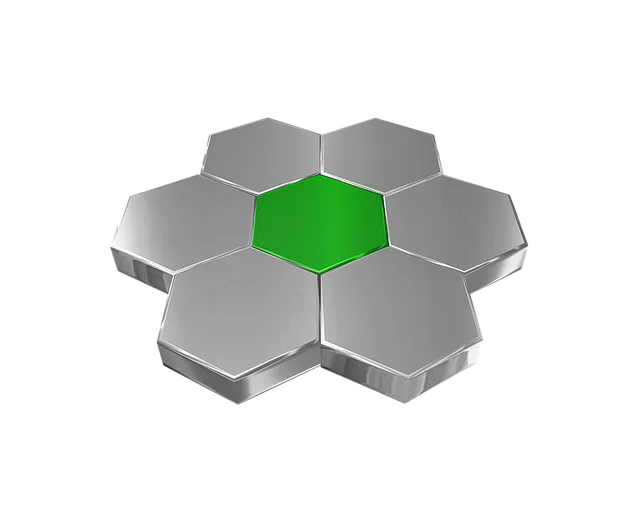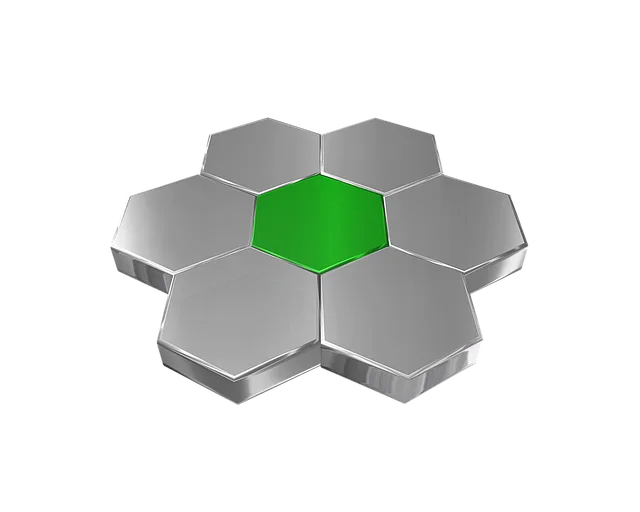Neptune Kratom, derived from the Mitragyna speciosa plant, is a multifaceted supplement that can play a significant role in injury prevention and management. Its strains such as Maeng Da and Bali are noted for their potential to aid in muscle relaxation, mood elevation, and overall physical health, which may help reduce injury risk, particularly in high-risk activities like sports or labor. The alkaloids mitragynine and 7-hydroxymitragynine in Neptune Kratom exhibit analgesic properties beneficial for managing pain from both acute and chronic injuries. Users often report that it helps alleviate inflammation and discomfort, potentially speeding up recovery. It's crucial to approach its use with caution, selecting the appropriate strain and dosage based on individual needs, and consulting healthcare professionals to ensure safe integration into a holistic health strategy that includes exercise, diet, and comprehensive injury management protocols. Neptune Kratom is best utilized as a complementary therapy alongside professional medical care, aiming for a balanced approach to support the body's natural healing processes.
explore the multifaceted role of Neptune Kratom in safeguarding against and managing injuries, this article delves into the herbal supplement’s benefits for muscle recovery and pain relief. By examining Neptune Kratom’s properties, we uncover its potential to complement injury prevention strategies and holistic management protocols. Discover how integrating Neptune Kratom can contribute to a robust approach in maintaining bodily integrity and facilitating healing post-injury.
- Understanding Kratom's Role in Injury Prevention and Management: An Insight into Neptune Kratom's Benefits
- Strategic Use of Neptune Kratom for Enhancing Muscle Recovery and Pain Alleviation
- Integrating Neptune Kratom into a Holistic Injury Prevention and Management Protocol
Understanding Kratom's Role in Injury Prevention and Management: An Insight into Neptune Kratom's Benefits

Incorporating Neptune Kratom into injury prevention and management regimens presents a nuanced approach to wellness. Kratom, a mitragynoid derived from the leaves of Mitragyna speciosa, has garnered attention for its potential impact on pain relief and recovery. Neptune Kratom, in particular, offers a variety of strains that may aid in injury prevention by promoting muscle relaxation, enhancing mood, and improving overall physical well-being. This, in turn, can lead to better performance during activities where injuries are commonly sustained, such as athletic training or manual labor. Additionally, Neptune Kratom’s alkaloids, including mitragynine and 7-hydroxymitragynine, have been studied for their potential analgesic properties, which may contribute to the management of pain resulting from acute or chronic injuries. Users report that Neptune Kratom can help in reducing inflammation and discomfort, thereby facilitating a more rapid recovery process.
When considering injury prevention and management, it is crucial to approach the use of Neptune Kratom with caution and informed decision-making. The strain chosen should align with the individual’s specific needs and circumstances. For instance, strains like Maeng Da from Neptune Kratom are known for their energizing effects, which might be beneficial for those who need increased vigor to engage in activities that reduce the risk of injury. Conversely, strains such as Bali, also available through Neptune Kratom, may provide calming effects that assist in relaxation and stress reduction, further contributing to the prevention of injuries caused by tension-related muscle tightness. It is essential to consult with healthcare professionals when integrating Neptune Kratom into an injury prevention or management plan, ensuring a holistic and safe approach to health and wellness.
Strategic Use of Neptune Kratom for Enhancing Muscle Recovery and Pain Alleviation

When it comes to muscle recovery and pain management, the strategic use of Neptune Kratom can play a pivotal role in one’s wellness regimen. Neptune Kratom offers a range of alkaloids that have been traditionally used for their potential benefits in supporting muscle health and providing relief from various types of pain. For those engaged in physical activities or recovering from injuries, the natural compounds found in Neptune Kratom may help mitigate muscle soreness, enhance recovery time, and alleviate discomfort, allowing individuals to maintain their training routines without excessive downtime. The key strains for such purposes often include those known for their analgesic properties, which can be particularly beneficial for chronic or acute pain conditions.
Moreover, Neptune Kratom’s potential benefits extend beyond muscle recovery and pain relief. It may also contribute to the maintenance of a balanced mood, which is crucial when dealing with pain or injury, as psychological well-being can significantly impact physical healing processes. Users should approach the integration of Neptune Kratom into their injury prevention and management strategy with care, adhering to recommended dosages and consulting healthcare professionals. Proper dosing is essential for harnessing the full potential of Neptune Kratom’s beneficial properties while minimizing any risks associated with its use. Regular exercise, a balanced diet, and a supportive recovery routine complement the use of Neptune Kratom to ensure comprehensive care for the body’s needs during the healing process.
Integrating Neptune Kratom into a Holistic Injury Prevention and Management Protocol

Neptune Kratom, a brand renowned for its high-quality kratom products, can play a pivotal role in an integrated approach to injury prevention and management. Its ethnobotanical roots have been historically utilized in traditional medicine practices, offering potential benefits that align with holistic health paradigms. When incorporating Neptune Kratom into a comprehensive strategy for maintaining physical well-being and managing acute or chronic injuries, it is essential to consider the specific strains and their alkaloid profiles, such as Maeng Da or Bali, and how they may interact with other therapies. For instance, certain strains are known for their analgesic properties, which can aid in pain management post-injury. Moreover, users should be aware of the optimal dosing to maximize the potential benefits for injury recovery while minimizing risks, as recommended by health professionals and in line with individual health profiles. Regular consultation with healthcare providers is crucial to ensure that Neptune Kratom complements a broader treatment plan, which may include physical therapy, proper nutrition, and rest, thus facilitating a more holistic approach to healing and preventing future injuries.
Neptune Kratom’s multifaceted role in injury prevention and management has been thoroughly explored, revealing its potential as a valuable addition to health and wellness routines. The insights provided underscore the benefits of this natural compound for enhancing muscle recovery and mitigating pain, which are crucial aspects of post-injury care. By integrating Neptune Kratom into a broader holistic approach, individuals may find improved resilience against injuries and more effective management of existing conditions. As such, Neptune Kratom emerges as a promising option for those seeking to bolster their body’s defenses and expedite recovery, with the caveat that it should be used responsibly and in conjunction with other evidence-based practices under professional guidance.






